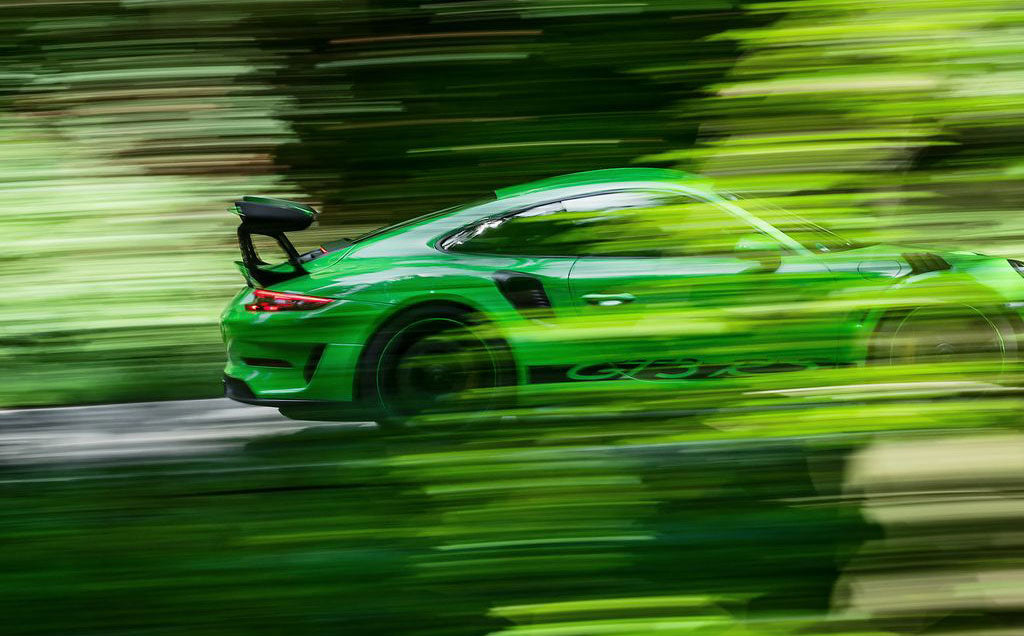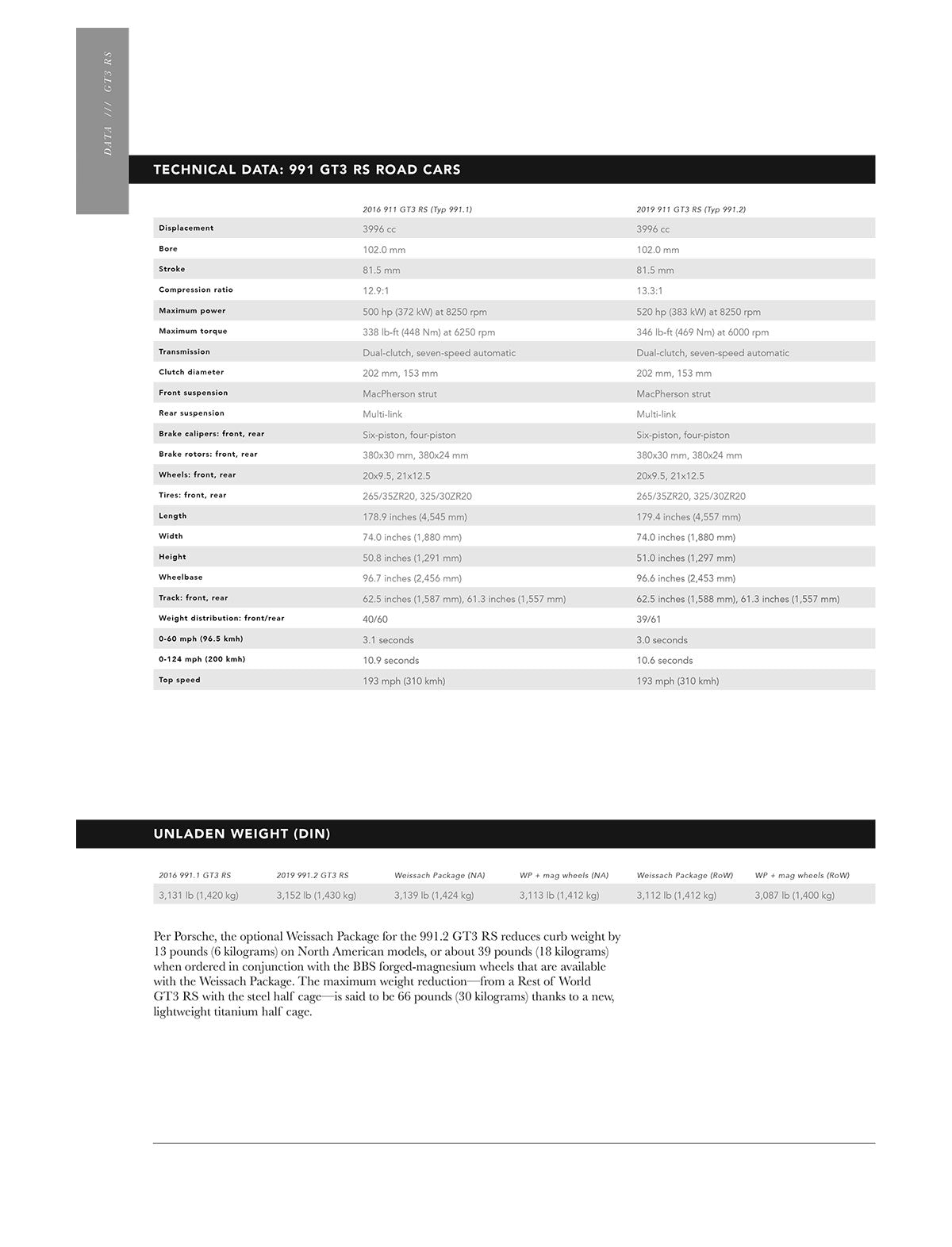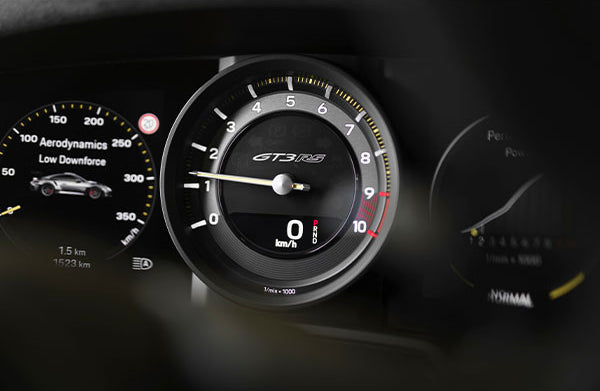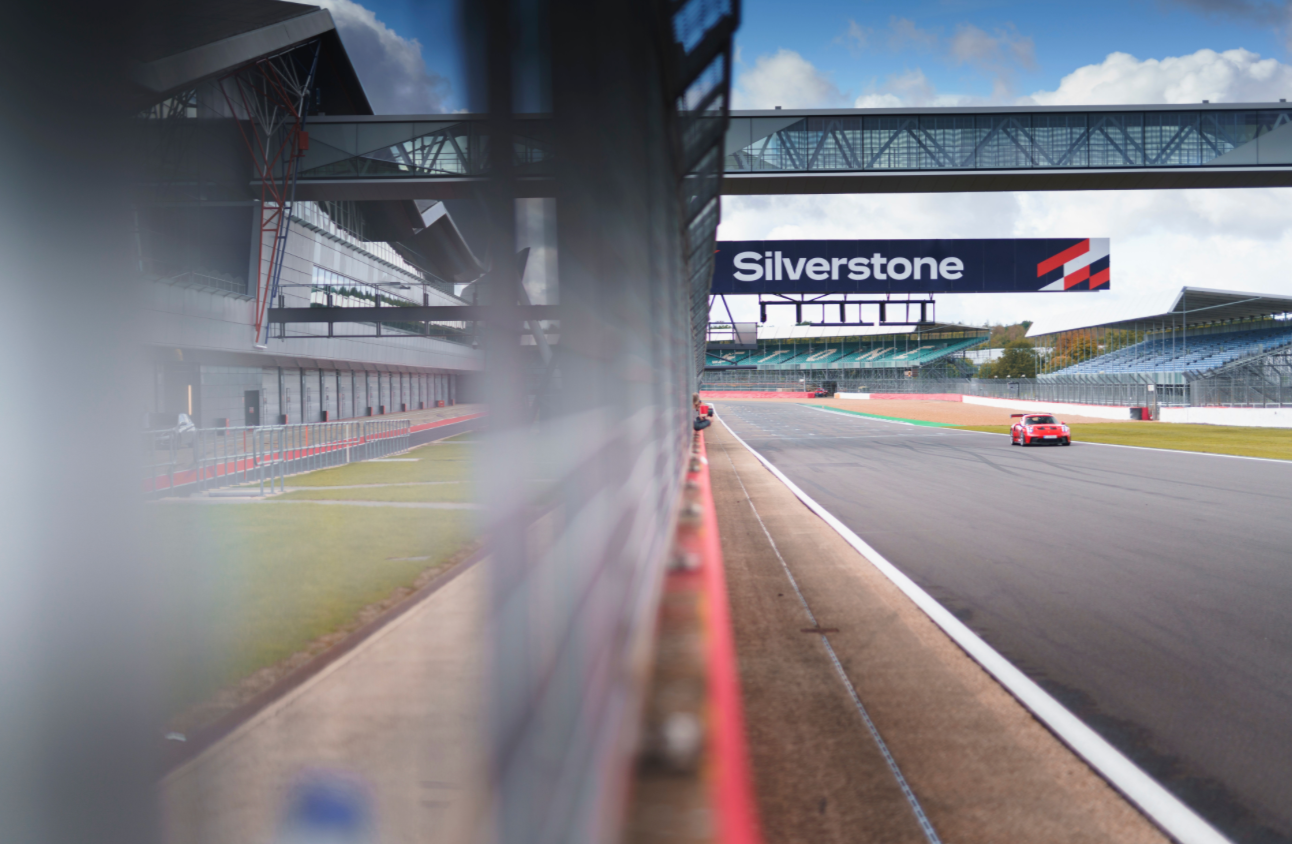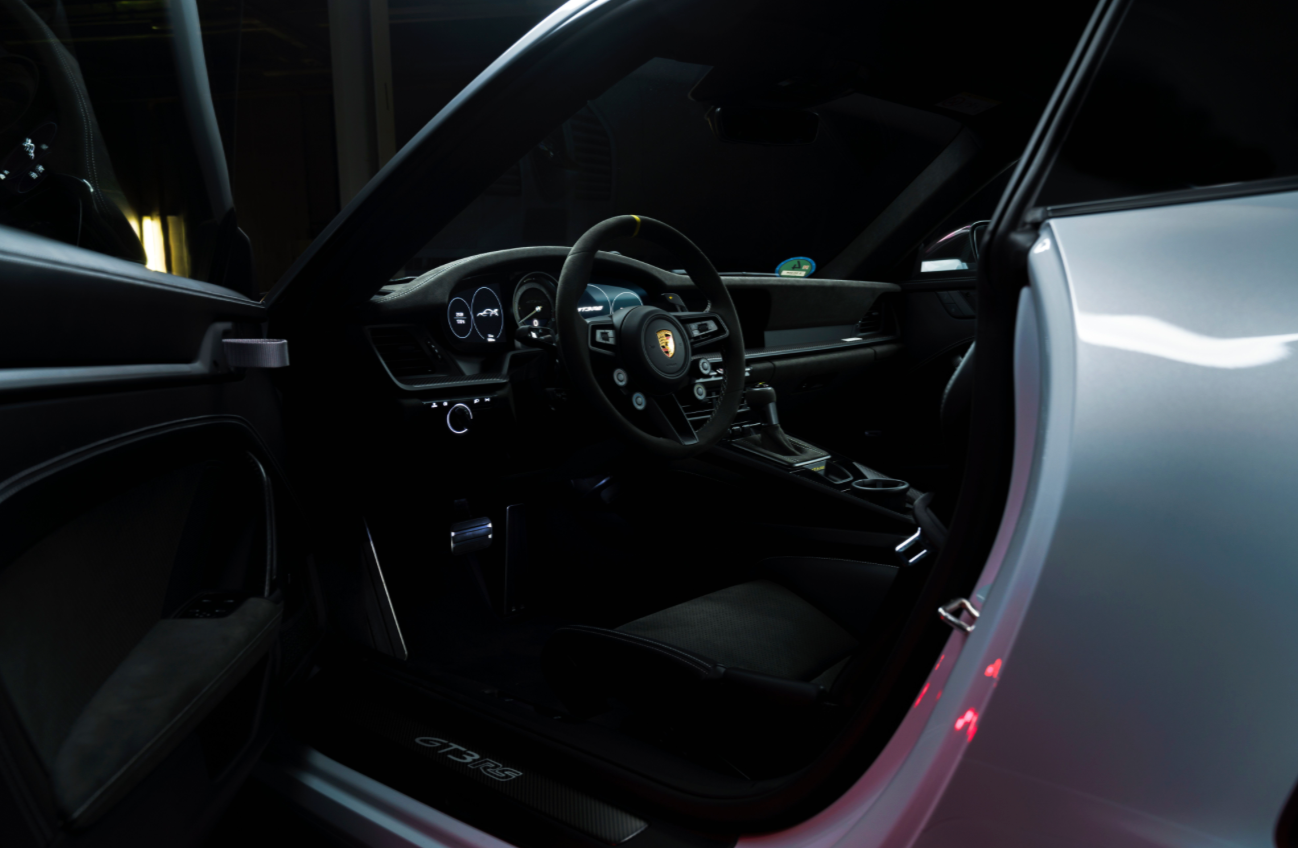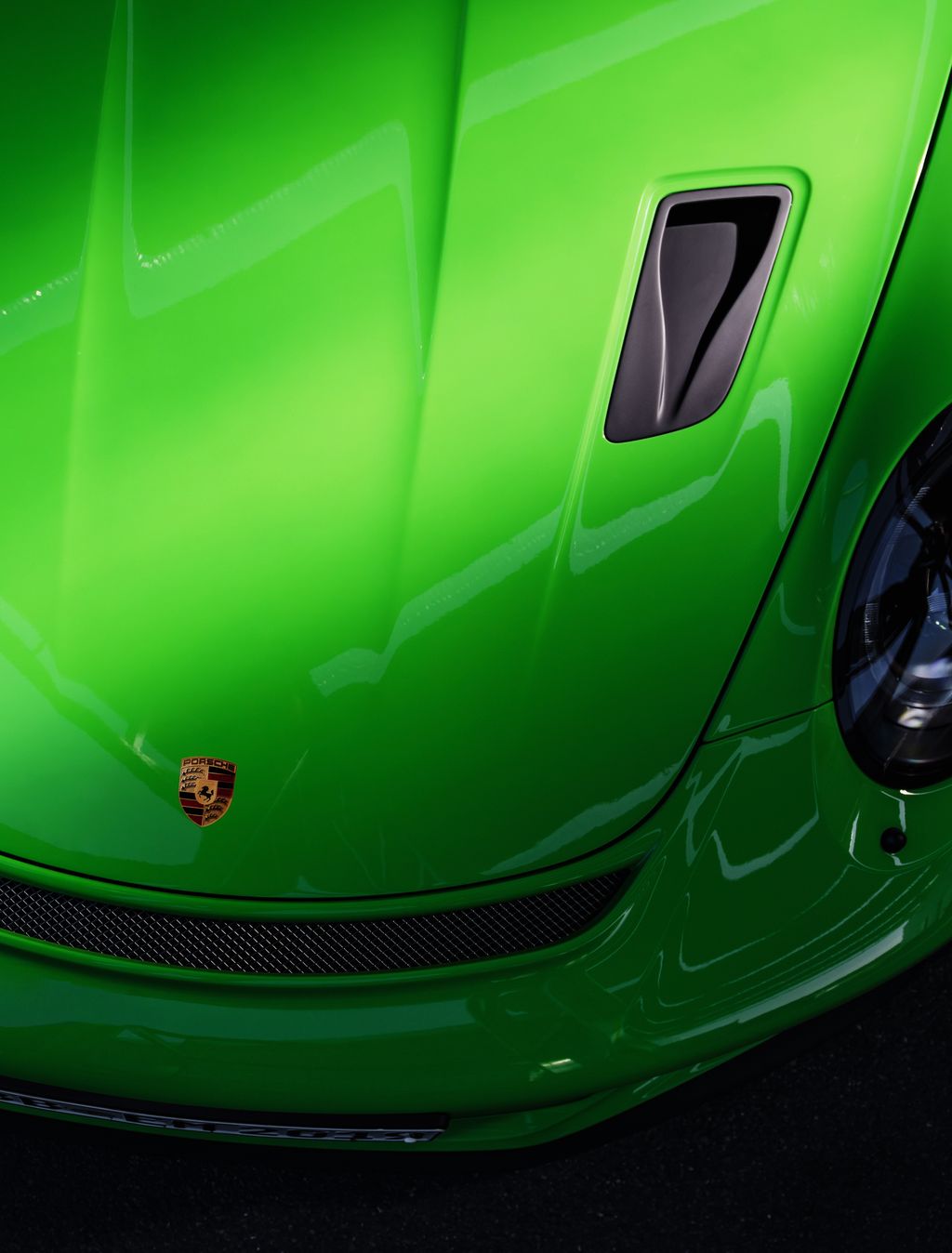
3.0s
520hp
193mph
"Is there a more evocative alphanumeric code than 911 RS? Porsche’s cipher for “rear-engined road racer” since 1973, it means little to those unversed in things automotive but everything to those of us who love the notion of obsessively developed cars built for a higher purpose."
Top 10 Takeaways from Driving the 911 GT3 RS with Andreas Preuninger
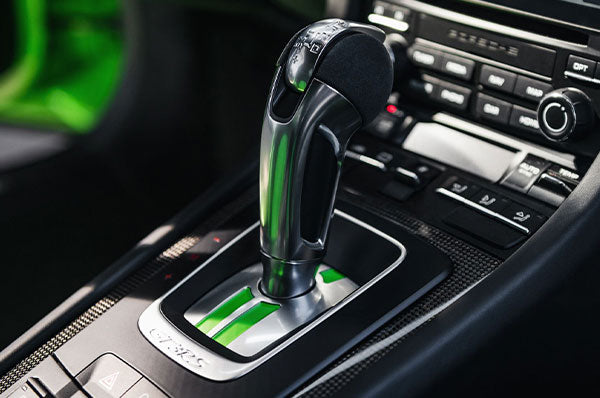
SUPERLATIVES OF THE PORSCHE MARQUE
1. In a World of Clickbait, the 991.2 GT3 RS Still Feels Like the Real Greatest
Superlatives flow easily when exposed to another of these fantastic cars. Perhaps too easily, given the frequency with which we’re plied with the latest, “greatest” GT3 RS. Such is life in the digital age of likes, followers, and clickbait. Here, however, in the enduring dominion of ink and paper, words count for more. You can’t retract, walk back, or erase them—or answer comments in real time. So believe me when I say I’ve agonized over this closing sentence, and hear me when I say it: In the 991.2 GT3 RS, I’m not sure we’ve ever had it so good.

PORSCHE DYNASTY
2. The Birth of a Rennsport Dynasty
We didn’t know it at the time, but the introduction of Porsche’s first water-cooled road car with a Rennsport badge, the 2004 GT3 RS, was the beginning of a dynasty of brilliant 911s. It also marked the rise of their primary architect, Andreas Preuninger. The resulting cars have come to define Porsche’s unrivalled ability and consistency in this most exacting of arenas
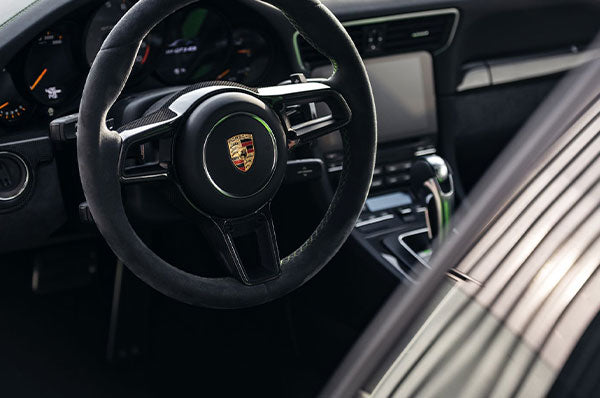
PORSCHE ENGINEERING
3. Engineering Beyond the Limit
“Like all engineers, we go further through advances in technology and learning how to apply them—that’s the simple answer,” says Preuninger. “The more honest and complex answer is that it’s always a really tough challenge, because we know we gave it our best shot the last time round. You’ll be able to tell me what you think soon enough, but we went through pretty much every area of the car in search of improvements. The new engine is a significant jump. Bigger-diameter crank, new valvetrain, new cylinder heads, and an all-new oil sump.”
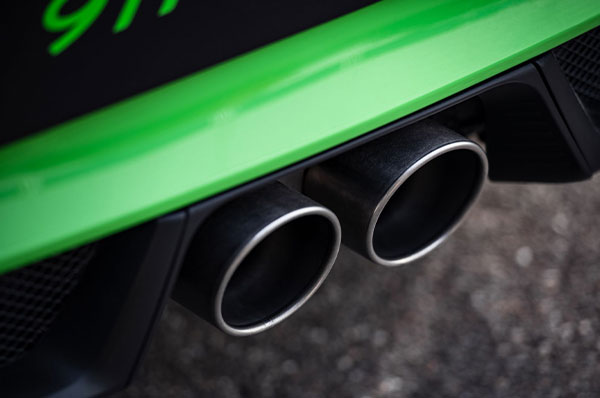
PORSCHE LIGHTWEIGHTING
4. Non–FIA-approved titanium half cage
Titanium half cage is included with optional Weissach Package on GT3 RSs that are not destined for North America. The lightweight half cage is not FIA-approved, but saves 21 pounds (9.5 kilograms) over the FIA-legal half cage in steel.
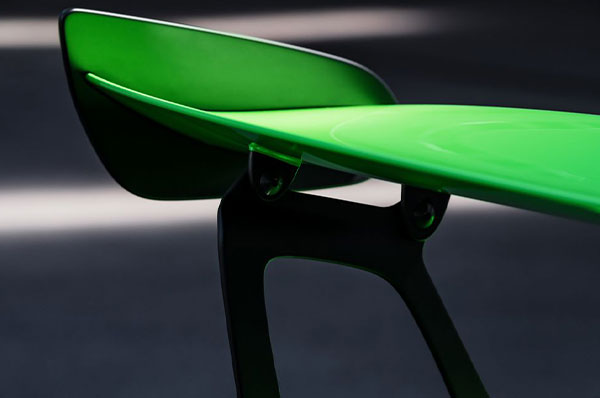
PORSCHE POWER, REDEFINED
5. Full Potential at 9000 rpm
“The internal resistance of the engine is much lower, which means the feel of the motor is way more impressive than the on-paper gains of 20 bhp and 8 lb-ft—and of course it revs to 9000 rpm, which is really something,” offers Preuninger. “Crucially, it’s the part-throttle response and behavior that we’ve focussed on, because that’s where you spend most of your time driving—at least on the road. This one is still a little tight. It just has 400 miles, so not up to its full potential. We run each engine on the bench for a little while, but in my experience, these cars can need as many as 5,000 miles to be at full power and response.”
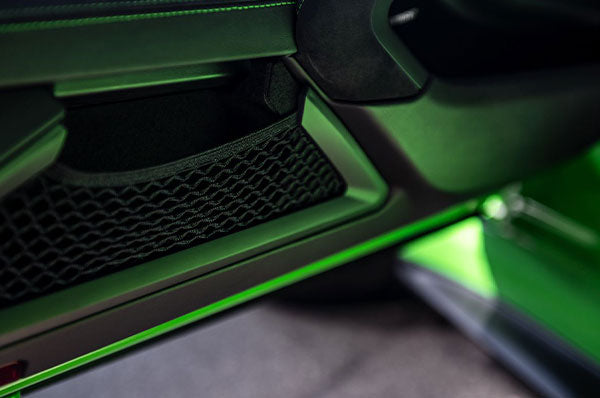
PORSCHE GT3 RS—BUILT FOR THE FEW
6. Preuninger on Purposeful Limits, Real Drivers, and Why Rarity Still Matters
“Demand is on a different level even to what we’ve had before,” he says. “It’s a sad situation that we can’t build enough cars to keep everyone happy. It might be seen as some kind of ‘market strategy,’ but as these cars come down the same line as the other cars, the numbers are limited simply by the physical volume of cars we can produce. On the other hand, I don’t think it would be right to make this a mass product. It has to remain special. If these cars were easy to make in large numbers, rather than involving a high level of hand craftsmanship on the specialized components, we simply wouldn’t be pushing things far enough, and the cars would suffer. You can’t scale that magic up. “What does give me great pleasure is that our cars are still seen as sporting instruments, not collector cars,” he continues. “They get used, and used hard. That’s the biggest possible motivator to improve the product—because we know our customers will
appreciate the effort and the results.”
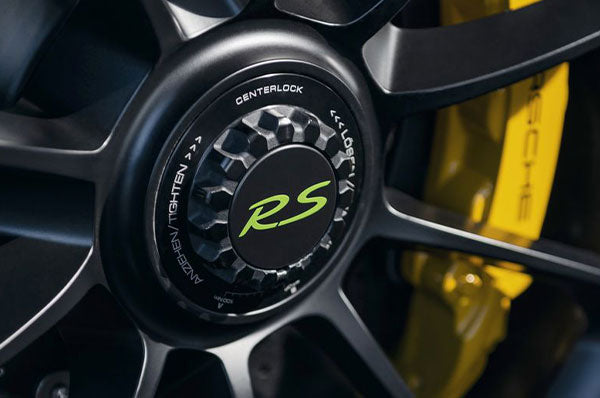
PORSCHE PRECISION, RECALIBRATED
7. As Connected as the Legendary 997
The steering is next-level to the last RS. If there’s a criticism of 991s in general, it revolves around their increased size compared to previous 911s, but the Gen 2 RS hides its bulk so well. And, heretical though this sounds, I’m not sure the car lacks anything compared to the 997 GT3 RS in terms of directness or feel. I say as much to Preuninger, who smiles.
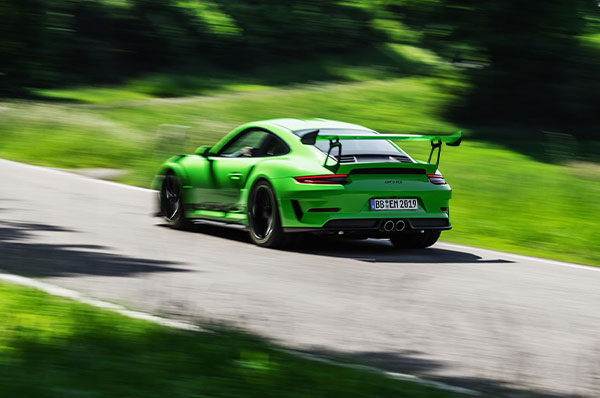
PORSCHE CHASSIS, NO COMPROMISE
8. Preuninger’s Overhaul Makes the 991.2 RS a Precision Weapon
“The suspension is completely different to the Gen 1 car,” he says. “It’s GT2 RS suspension, which itself is very close to GT3 Cup suspension. More than double the front spring rate and a good ways toward 50 percent more at the rear. The car has a lot of precision. Apart from the rear-wheel steering links, everything is rose-jointed. This car versus the old one is like comparing a scalpel to a sharp knife. It still has compliance because we lowered the anti-roll bar rates by half—we basically turned our settings upside down from Gen 1 to Gen 2. This is more like we set up a race car; it’s a much more hardcore setup strategy.”
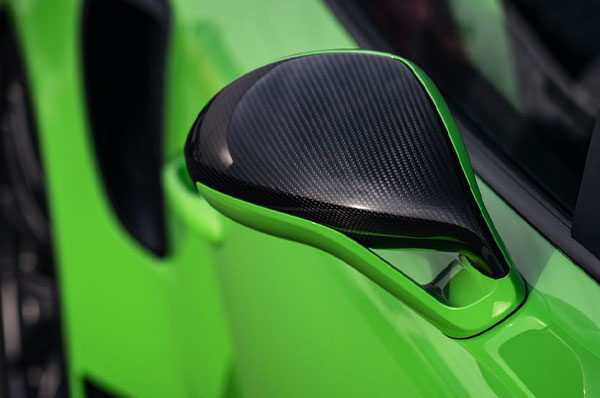
PORSCHE’S WEISSACH PACKAGE
9. How the GT3 RS Sheds Pounds Despite Stricter Certification Rules
“The certification procedures governing the way in which we measure and publish figures has changed,” he says. “So where previously we could quote the lightest spec a customer could buy, we have to do things a little differently now. But if you compare apples with apples, the basic 991.2 GT3 RS is around 10 kilograms, or about 22 pounds, lighter than the previous gen. We have saved around 1.5 kilos at the front and rear ends of the car. The interior is four kilos lighter. The exhaust is 800 grams lighter. And this is before you take into account the 27.5-kilo mass reduction achieved by the Weissach Package.”
“Okay, deep breath!” he begins. “Starting with the magnesium wheels, we made an 11.6-kilogram reduction in rotating mass. Then there’s the titanium cage, 9.5 kilos lighter. It’s a pain in the neck to make, but a fabulous component. The stabilizer bars, including upright brackets, are carbon fiber for another 5.4 kilos saved versus the regular steel components.”

PORSCHE OBSESSION, GRAM BY GRAM
10. Preuninger on the GT3 RS Weight-Saving Details You’d Never Notice
On a scale of price per pound saved, this is a lightweighting program that can only be called obsessive. “The carpets are cut out with thinner backing where it isn’t needed to save a few more grams,” says Preuninger. “Carbon steering wheel trim and paddle shifters save another couple of hundred grams. Perhaps the most effort for the smallest saving was the carbon roof instead of magnesium. Normally, mag is lighter than carbon when you allow for the way you have to paint carbon. This is a new ‘one-and-a-half layer’ material that’s 370 grams lighter than the magnesium version. We’ve fought for every gram.”
TECHNICAL DATA: 991 GT3 RS ROAD CARS
000 Events
Our flagship events present an opportunity to see our pages brought to life in unique locations.




